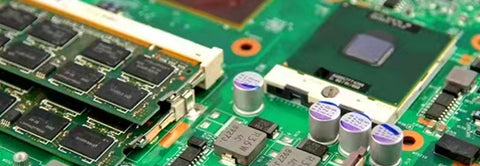
Surface wetting of SMT chip proofing refers to a phenomenon when the solder spreads and covers the surface of the metal to be soldered during soldering. The surface wetting of SMT chip processing generally occurs in the case of close contact between the liquid solder and the surface of the metal to be soldered, and only the close contact has sufficient attraction.
When there are contaminants on the surface of the corresponding welded metal, it must not be in close contact. In the absence of contaminants, when the solid material contacts the liquid material in the SMT patch proofing, once an interface is formed, the surface will be reduced. The adsorption phenomenon of energy, the liquid material will spread out on the surface of the solid material, and this is the wetting phenomenon. In the dipping test, the following phenomena are present on the surface of the pattern taken out of the molten solder bath:
1. Partial wetting Some areas of the welded surface are wetted, and some are not wetted.
2. The non-wetting surface is restored to its original appearance, and the welded surface remains the same as before.
3. After wetting and removing the molten solder, the soldered surface will retain a layer of uniform, smooth, crack-free, and well-adhered solder.
4. Weak wetting: The soldered metal surface of the SMT patch proofing is wetted at the beginning, but after a period of time, the solder will shrink from part of the soldered surface to droplets and finally leave only a thin layer of solder in the weakly wetted area .
FINEST provides a one-stop PCBA manufacturer platform, SMT patch, PCB proofing, DIP welding processing, PCB board making, a full set of electronic components purchasing, and some purchasing one-stop PCBA manufacturing services.
